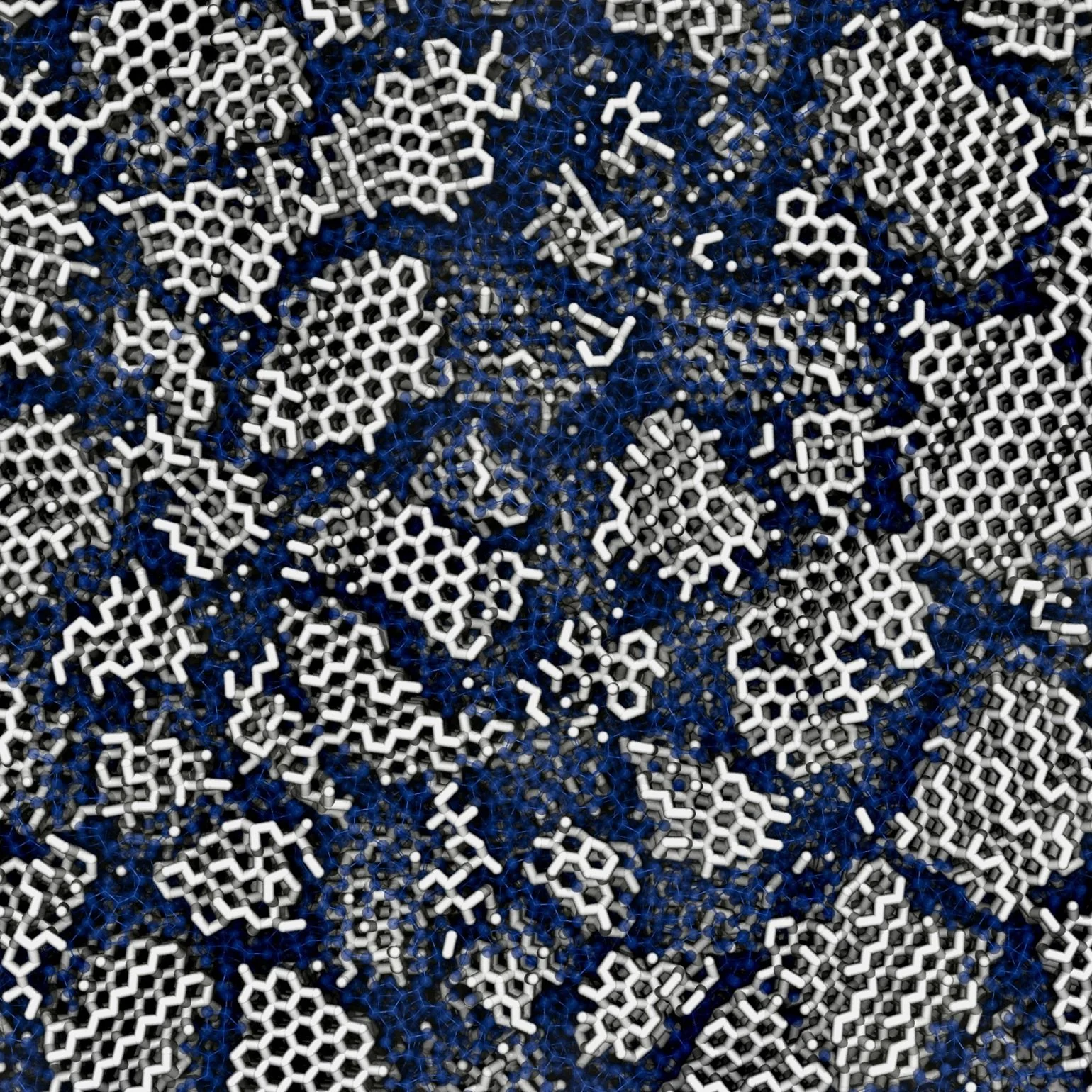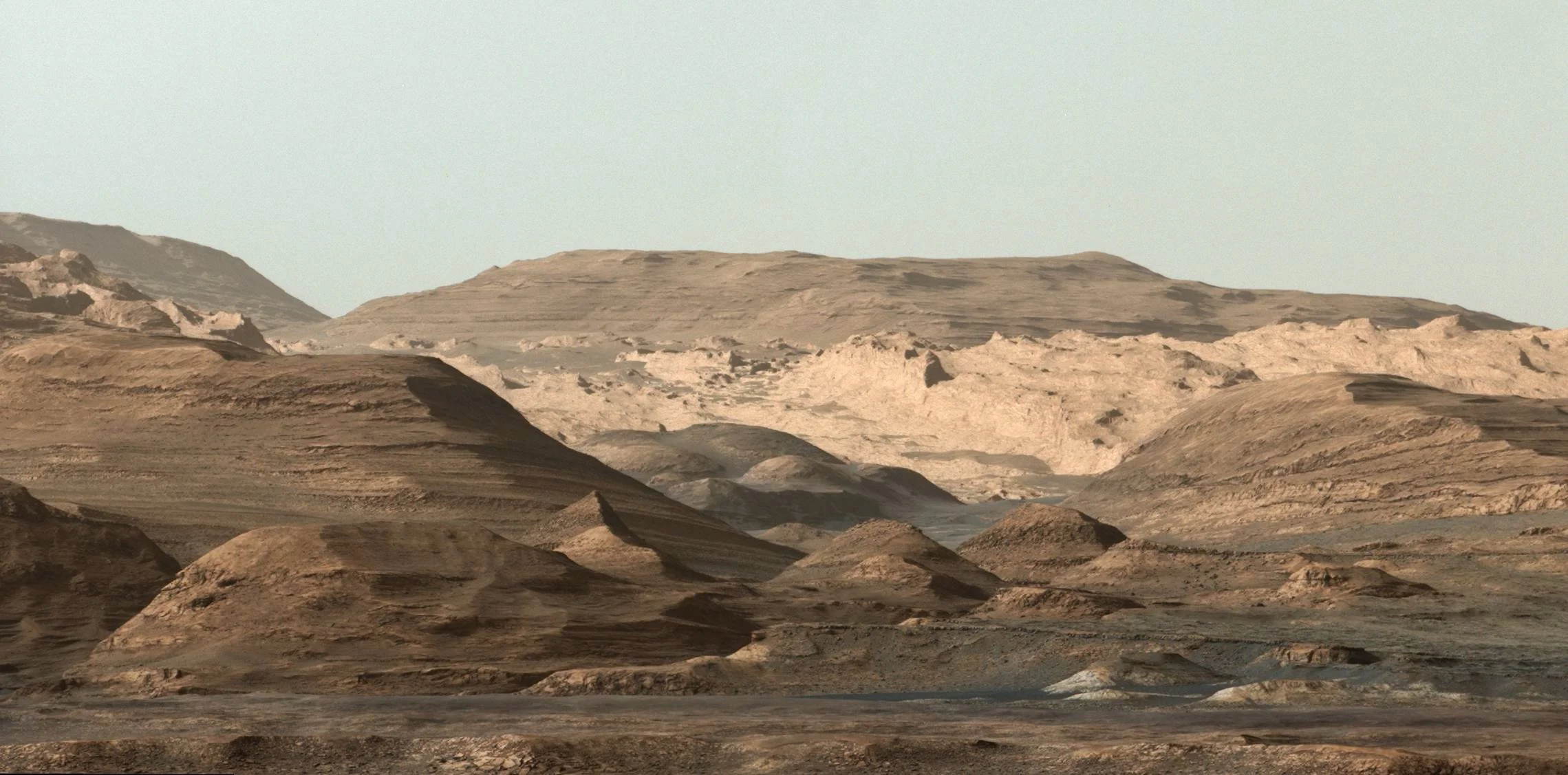Scientists analyzed data from NASA's earlier rover Curiosity and discovered that Mars didn't dry out over a long period of time; instead, it had alternating wet and dry periods in its younger years. Why this happened is a mystery.
Image Credit: Martin Holverda via iStock/Getty Images
The Curiosity rover landed on Mars in 2012 and is still active. Its main goal was to investigate the transition between the past habitable environment to the dry and cold climate that Mars has now. The researchers used its ChemCam to look at ancient rocks (some 3.5 billion years old) that provide insight into early Mars' conditions. These rocks are an integral part of Mount Sharp, a 6-kilometer high mountain in the Gale crater. What makes a mountain interesting is the fact that higher rock layers are younger than lower ones. The structure of Mount Sharp thus provides an intriguing overview ranging from the present towards the past.
Moving Curiosity up through the terrain, the research team noted that the types of sedimentary beds change dramatically. Lying above the lake-deposited clays that form Mount Sharp's base, sandstone layers show structures indicating their formation from wind-formed dunes, suggesting long, dry climate episodes. Higher up still, thin alternating brittle and resistant beds are typical of river-floodplain deposits, indicating a period with wetter conditions. All in all, the observations show that the climate of Mars experienced several large-scale variations between wetter and dryer epochs until the generally arid circumstances observed today took hold.
The results are not what the team expected. They had thought that Mars has gradually become drier from its early days. As of yet, there is no real explanation for these changing periods yet. Fortunately, the rover will investigate Mount Sharp even further, which will hopefully provide further insights.
The slopes of Mount Sharp - Image Credit: NASA/JPL-Caltech/MSSS/CNES/CNRS/LANL/IRAP/IAS/LPGN
The team published their research in the science journal: Geology, listed below. As always, be sure to check it out if you are interested in a more comprehensive overview of this discovery.
Further reading:
If you enjoy our selection of content, consider subscribing to our newsletter
FEATURED ARTICLES:











